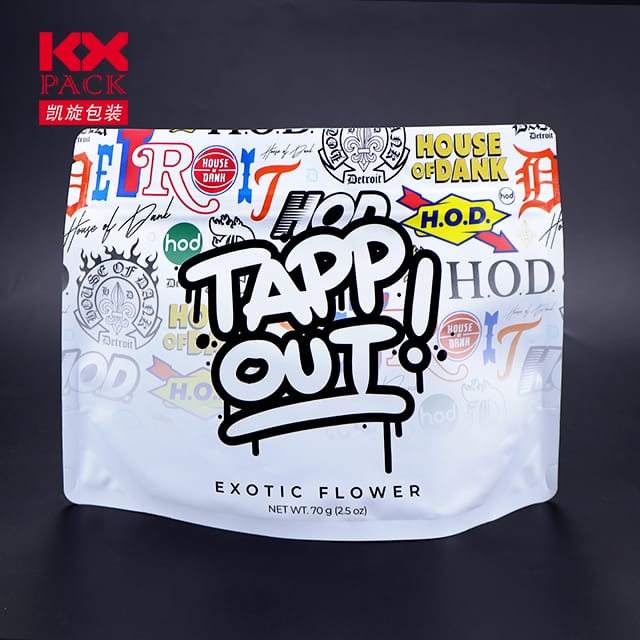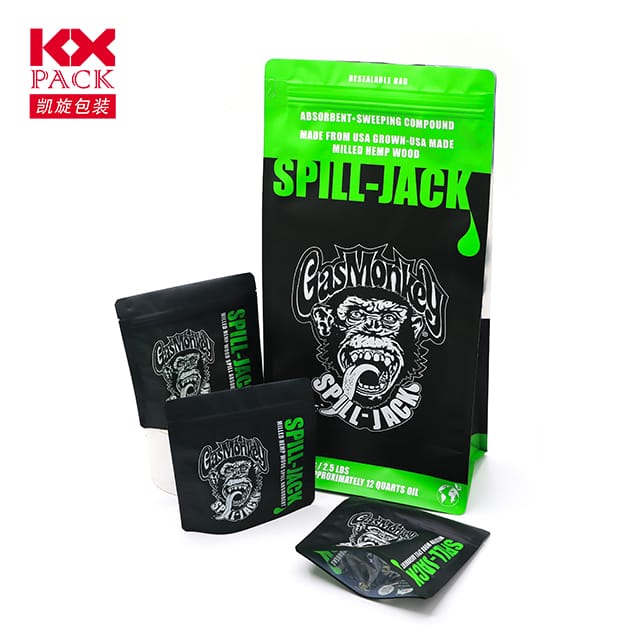สำรวจอนาคตของพลาสติกฟิล์มแพ็คก: ความยั่งยืนและนวัตกรรม
Packag Film Plastic
In recent years, ที่ Packag Film Plastic has witnessed a transformative shift toward sustainability and efficiency, พร้อมพลาสติกฟิล์มแพ็คก (โดยทั่วไปเรียกว่าฟิล์มบรรจุภัณฑ์) เกิดขึ้นเป็นรากฐานที่สำคัญของโซลูชั่นบรรจุภัณฑ์ที่ทันสมัย. จากภาชนะบรรจุอาหารและเครื่องดื่มไปจนถึงยาและสินค้าอุปโภคบริโภค, packaging films have become ubiquitous due to their versatility, ความคุ้มค่า, and protective properties. อย่างไรก็ตาม, ในฐานะที่เป็นปัญหาด้านสิ่งแวดล้อม, the future of packaging film hinges on its ability to balance functionality with eco-friendliness.
Market Dynamics and Growth
ทั่วโลก Packag Film Plastic market has expanded rapidly, driven by rising consumer demand for packaged goods and innovations in material science. ใน 2023, China’s plastic packaging box and container industry reached a market size of approximately 189.16 billion RMB (around $26 พันล้าน), growing by 4.4% year-over-year. This growth is underpinned by sectors like food and beverage, which dominate packaging film usage due to their need for extended shelf life and product protection.
Notably, the EU’sการควบคุมบรรจุภัณฑ์และบรรจุภัณฑ์ (PP), enacted in late 2024, mandates that packaging be designed for recyclability, with a target of 55%规模化回收 (mass recycling) for all materials. This regulation is reshaping industry standards, pushing manufacturers to adopt circular economy principles.
Key Trends Shaping the Industry
- Sustainability as a Driving Force
The push for sustainability is redefining Packag Film Plastic นวัตกรรม. Bio-based and biodegradable plastics, such as polylactic acid (ปลา) และ polyhydroxyalkanoates (พย), are gaining traction as alternatives to traditional petroleum-based films. นอกจากนี้, companies are investing in recycling technologies to improve the recyclability of multilayer films, which have historically posed challenges due to material incompatibility.For instance, the Chinese packaging industry is exploring “design for recycling” (DfR) standards, ensuring packaging components can be easily separated and repurposed. This aligns with global efforts to reduce plastic waste and align with regulations like the EU’s PPWR. - Lightweighting and Material Efficiency
Lightweighting—reducing material usage without compromising performance—is a critical trend. Lighter packaging films lower transportation costs and carbon footprints while maintaining structural integrity. This is particularly relevant for industries like e-commerce and logistics, where packaging efficiency directly impacts operational costs. - การรวมบรรจุภัณฑ์อัจฉริยะ
The integration of smart technologies, such as RFID tags and QR codes, is enhancing packaging functionality. These innovations enable real-time tracking, anti-counterfeiting measures, และการมีส่วนร่วมของผู้บริโภค, bridging the gap between physical and digital commerce.
Challenges and Opportunities
แม้จะมีความคืบหน้า, the Packag Film Plastic sector faces hurdles. The cost of developing and scaling eco-friendly materials remains high, and recycling infrastructure varies widely across regions. นอกจากนี้, consumer perceptions of sustainability are complex; as highlighted in a 2023 Harvard Business Review study, brands often resort to “over-packaging” with paper to create an illusion of eco-friendliness, even when the underlying plastic remains unchanged.
To address these challenges, collaboration is key. Industry stakeholders—from material suppliers to retailers—must align on standardized recycling processes and transparent labeling. ตัวอย่างเช่น, brands like Zara and Kiehl’s have adopted minimalist packaging claims, emphasizing their commitment to responsible practices without resorting to wasteful add-ons.
Innovations on the Horizon
มองไปข้างหน้า, several innovations hold promise:
- Advanced Recycling Technologies: Chemical recycling and pyrolysis are emerging as methods to break down mixed plastics into reusable feedstocks, ลดการพึ่งพาวัสดุบริสุทธิ์.
- Nanotechnology Enhancements: Nanocomposites in packaging films can improve barrier properties, extending product freshness while reducing material thickness.
- แบบจำลองเศรษฐกิจแบบวงกลม: Leasing or refillable packaging systems, where consumers return containers for reuse, are gaining momentum, particularly in Europe and North America.
บทสรุป
The future of Packag Film Plastic lies in its ability to adapt to evolving environmental and consumer demands. By embracing sustainability, technological innovation, and circular economy principles, the industry can transition from a linear “take-make-dispose” model to one that prioritizes regeneration and reuse. As governments tighten regulations and consumers demand greater transparency, the companies that lead this transformation will not only reduce their environmental impact but also secure a competitive edge in a rapidly evolving market.
In the words of industry experts, “The packaging revolution is not just about materials—it’s about rethinking how we design, produce, and dispose of packaging to create a more sustainable future.”







